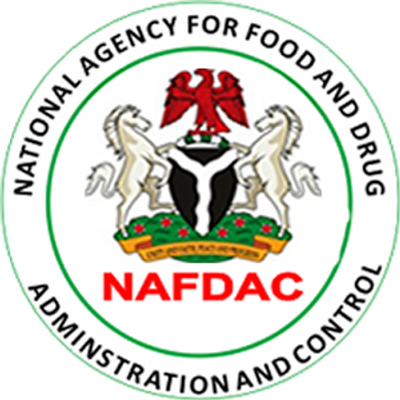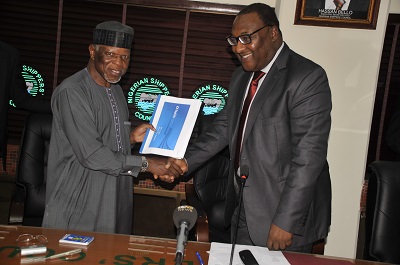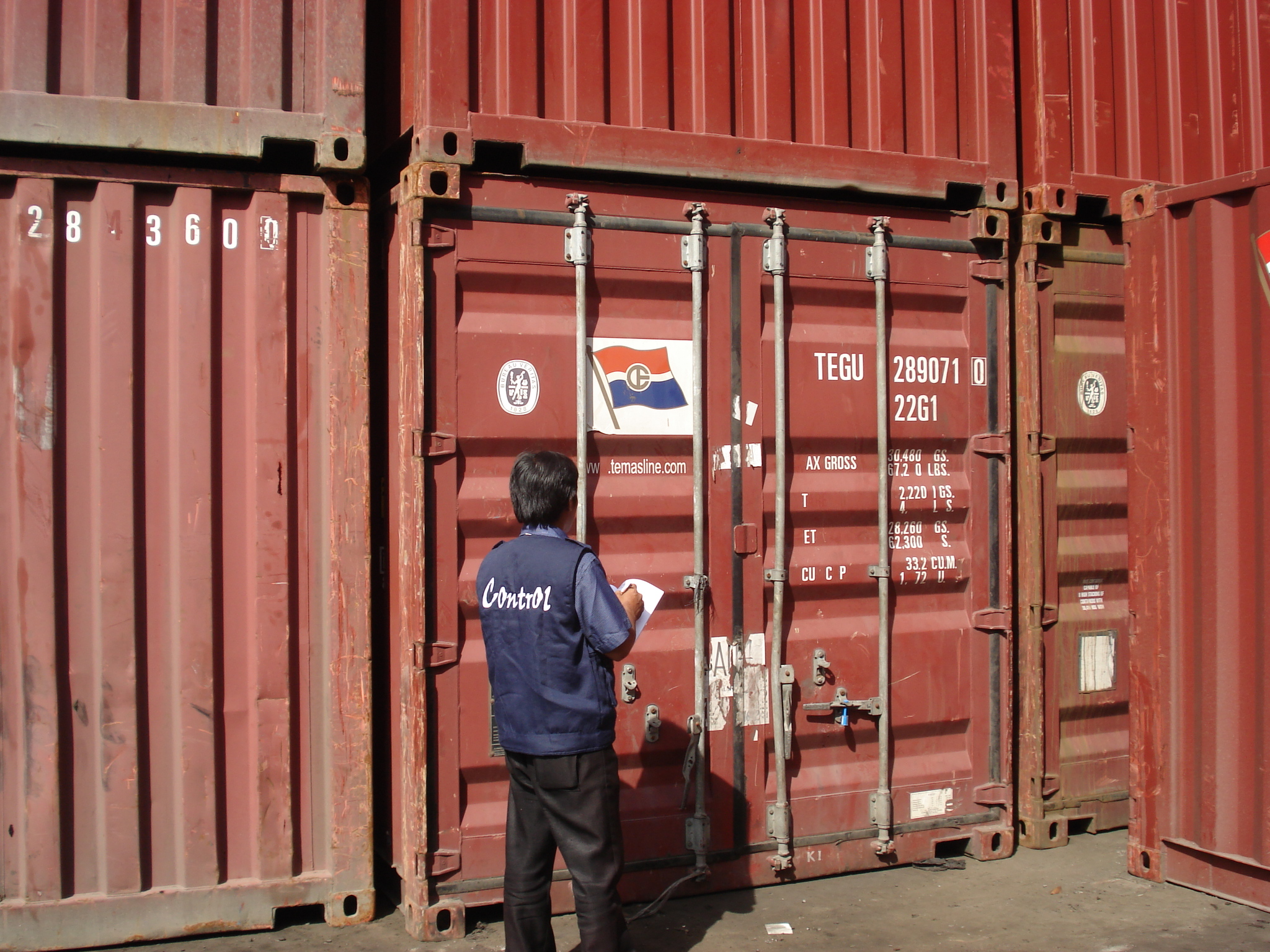How To Be Profiled With Integrity In Clearing

In this loaded edition, Dr. Kayode Farinto, the Chief Executive Officer (CEO) of Wealthy Honey Investment Limited, an erudite Customs Broker educates you on how to be in the integrity profile of the scanning machine and how you can always trigger green whenever you are clearing from the port.
What is the difference between green, red or blue during scanning of containers?
Green, red or blue is a selectivity of the system, the moment you declare your cargo, what is called declaration, there are some consignments or importers that have been profiled with integrity like Lever Brothers, Nigerian Bottling Company and even some of the Dangote consignments because they have seen over time what they bring in and there has not been contradictions in what they declare. The system is likely to trigger them on green and some of the things they bring are always on homogenous. For instance, Dangote may import 200 containers of their indomie raw materials, the same homogenous goods and the duty has been paid, what is on the PAAR is what is on the bill of lading and same thing is what is on the system.
So, most times, while you do your payment, the system immediately triggers green that means you can load that consignment and leave the port without even opening the consignment. That is the advantage you are likely to have, it means you have been profiled over time and they have not seen any lack of integrity on their part. So, it is the system that profiles not human being. The advantage of that is that because you have been showing the integrity in your declaration the system is profiling you that you are good declarant. So, when you make your declaration in your agency name, it immediately triggers you to green but if it an importer or a clearing agent that over time has always been taking Debit Note or they always find discrepancy in their declaration, system will always show you red, which means go and position that container for physical examination. And when that is done, that means you must drop the container for everybody to come and see.
Don’t you think that some of the importers profiled for green may hide under that to bring in prohibited goods into the country?
That is very rare; don’t forget that it is a computer and we don’t expect 100% perfection and whoever that hides under that guise to do otherwise is doing that has dubious intentions. Over time, those who are always on green have been tested. In most cases, when you have like 200 containers, the system may pick three containers and they pass through scanning and once a discrepancy is noticed, it takes you back which means you are going back to take examination again. Over time, before the system puts you on green, it must see your declaration and notice that you are somebody who has integrity in your declaration. It is very rare.
What is the information contained in Form M?
It contains the supplier, beneficiary, the amount you use to import the goods, what you are bringing into the country, description of the goods, the exchange rate at the time you are doing the transaction. These are the only things and you know that it is in six copies. Now, most of the processes are online including the Form M. It also contains the country the good is coming from, the port of destination and that is all.
What is the difference between Bill of Lading and Form M?
Bill of lading is an evidence of carriage; bill of lading is showing that your cargo is on board vessel with the name written there. Bill of lading is evidence to the fact that you have actually had a transaction between the liner and yourself. Then bill of lading gives you the confidence that your cargo that is loaded on board a vessel will get to the destination intact so, Bill of Lading has too many definitions but the most important thing is that it is an evidence of carriage.
What is the first step in general cargo clearing in port?
The first thing you have to do before you will even process what is called Pre-Arrival Assessment Report (PAAR) is that, you must open a Form M, when you open the form M, the Customs will look at it, who is beneficiary, who is the supplier. Then when they now approved your form that is when you can bring in that consignment. So, when you now bring in that consignment, they will now issue you PAAR that we are using and that is the basic thing that you need. With the bill of lading, invoice and PAAR, you go to the bank once you capture at the DTI cafe, you pay your duty once your duty is paid, it depends on the selectivity, if it is on green, it means you can go expressly without examination. If it is on red, that means you have to position the container for physical examination and once that is done, is now left to the Customs to release you, once you confirm and you satisfy with what you intend to clear.
It is not a situation where you say you have 20 cups and they discover 200, that is another story and the normal procedure of clearing, once that is done, they release your cargo then you now approach the shipping company. The shipping company will now request what is called the original bill of lading, so it is with the original bill of lading that the cargo is released to you. It is believed that by virtue of fact that you are the intermediary between the Customs and your client, at that particular moment, you are the owner of that good. Provided you have the bill of lading the shipping company release the cargo to you and issue what is called the Delivery Order. In the Delivery Order now, some of the shipping companies have inter-connectivity between themselves and the terminal where your cargo is. Before you get to the terminal, they would have seen your Delivery Order on the shipping company coupled with the release from Nigeria Customs Service which would have changed a status on their system to release from Nigeria Customs service that is when the terminal operators can deliver the consignment to you.








